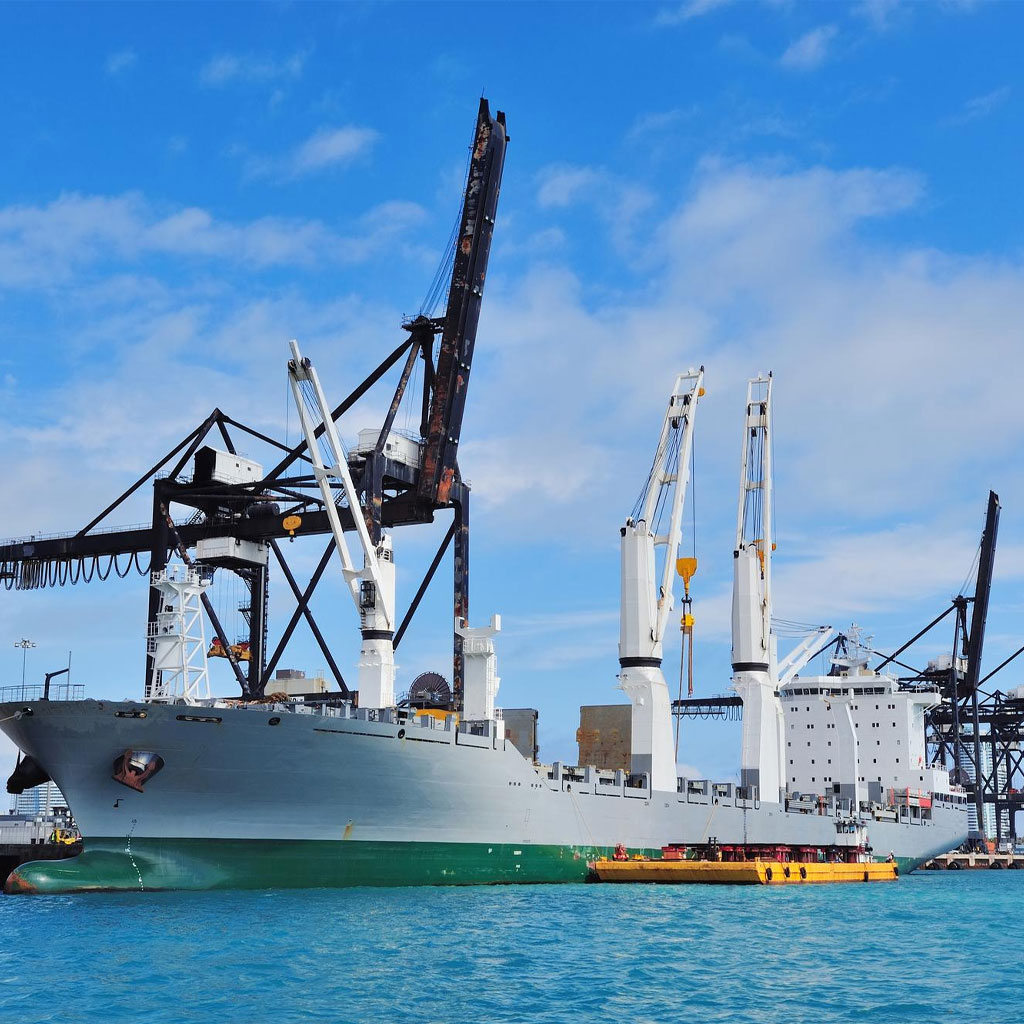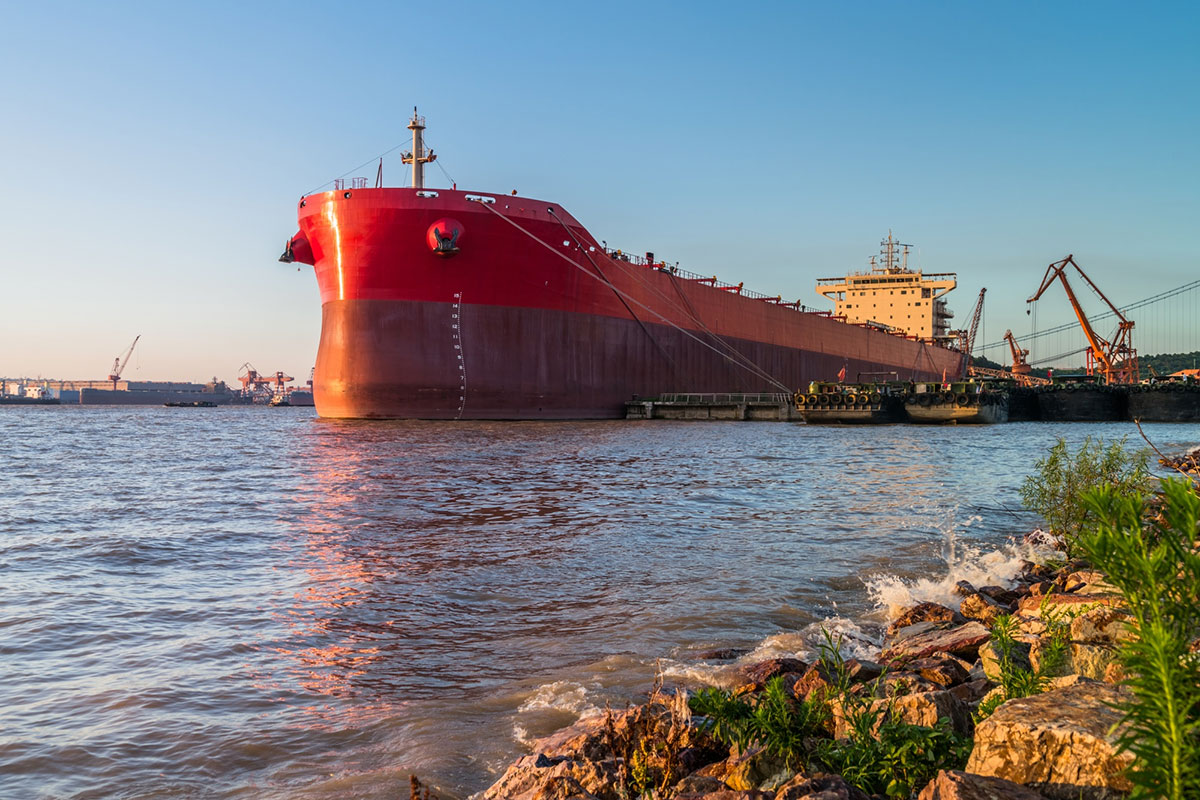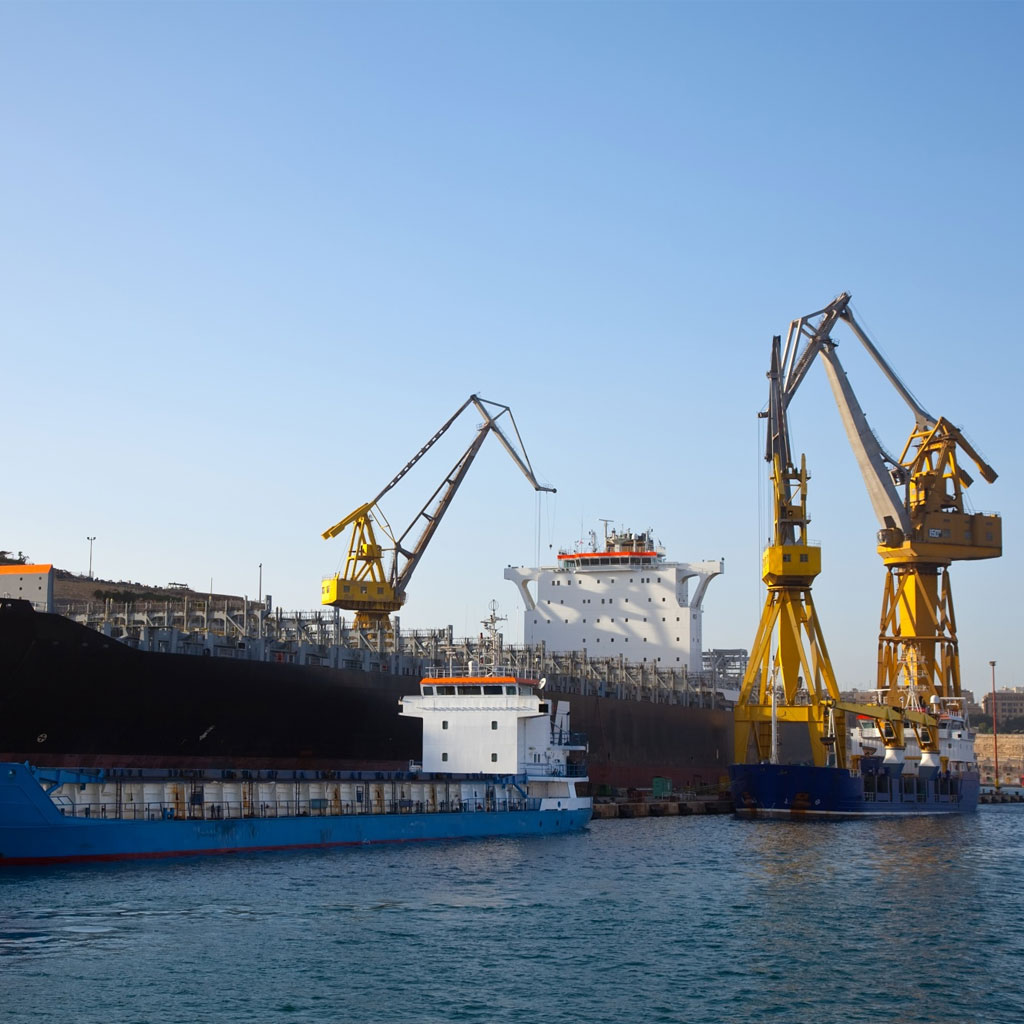
What Factors Affect Sea Freight Costs?
What Factors Affect Sea Freight Costs?
Introduction
In the world of international trade, sea freight is recognized as one of the main methods of transporting goods. A vast portion of global exports and imports takes place by sea, and countries such as Iran play a vital role in this global chain due to their access to open waters. Despite the many advantages of this transportation method, one of the main concerns of cargo owners and traders is the cost of sea freight.
Understanding the factors that influence this cost helps companies make smarter decisions, choose more cost-effective routes, and ultimately manage their product’s final price. Below, we take a comprehensive look at the main factors affecting sea freight costs.
Definition of Sea Freight Cost and Its Components
Sea freight cost includes a set of expenses calculated from the moment cargo is loaded at the port of origin until it is unloaded at the destination port. This cost is usually defined under international trade terms such as FOB, CIF, or CFR. The main components are as follows:
-
Freight charge (Ship or Container Rent)
-
Loading and unloading costs at ports
-
Cargo insurance costs
-
Shipping documents and permit fees
-
Port and customs duties
-
Additional costs such as fuel and port delays (Demurrage & Bunker Adjustment)
Understanding these components helps cargo owners gain a clearer view of the full structure of sea freight costs during shipping negotiations.
Type of Cargo and Its Impact on Sea Freight Cost
The type of cargo is one of the most significant factors directly influencing sea freight costs. Different goods require specific shipping conditions. For example:
-
Perishable goods such as food must be transported in refrigerated containers (Reefer Containers), which have higher rental rates.
-
Hazardous goods such as chemicals require special permits and compliance with safety standards.
-
Oversized or heavy goods need special containers or bulk shipping methods (Bulk Cargo).
Therefore, the more sensitive or special the cargo, the higher the shipping cost.
Weight, Volume, and Type of Packaging
Weight and volume are key parameters in determining sea freight costs. Shipping companies usually calculate the freight rate based on either the actual weight or the space occupied in the container—whichever is greater.
For instance, light but bulky goods (such as plastic products) may take up significant container space and thus incur higher costs. Moreover, poor packaging can cause damage or add handling costs. Using standard packaging not only enhances cargo safety but also helps control costs.
Distance and International Shipping Routes
The distance between the port of origin and the destination port is one of the main factors in determining sea freight costs. Longer routes require more time, leading to higher fuel, freight, and insurance expenses.
Moreover, choosing specific sea routes can influence costs. For example, shipping from Bandar Abbas to China via a direct route may differ in cost from routes passing through the Suez Canal or the Strait of Malacca.
Professional freight companies usually analyze international routes to suggest the best option in terms of cost and time.
Fuel Rates and Ship Operating Costs
Ship fuel (Bunker Fuel) is one of the largest components of sea freight costs. When global oil prices rise, shipping costs increase as well. Shipping lines typically pass part of this increase to customers as a “fuel surcharge” or Bunker Adjustment Factor (BAF).
In addition to fuel, operational costs such as ship maintenance, crew salaries, navigation services, and hull insurance also have significant impacts. Any changes in these costs directly affect the final shipping price.
Seasons and Global Shipping Market Conditions
The sea freight market, like any other market, is influenced by supply and demand. During peak seasons for exports and imports (for example, before the Chinese New Year or major global holidays), sea freight costs rise due to limited vessel capacity.
Conversely, during low-demand periods, shipping companies often offer discounts to attract customers. Awareness of these seasonal fluctuations helps improve planning and reduce costs.
Exchange Rates and Their Impact on Sea Freight Costs
In Iran, most international shipping expenses are calculated in foreign currencies (mainly USD or EUR). Therefore, fluctuations in exchange rates directly affect sea freight costs.
An increase in exchange rates leads to higher operational, insurance, and port service costs, which in turn raise total freight expenses. International shipping companies often use flexible contracts or advance currency payments to mitigate these fluctuations.
Port Services, Loading, and Unloading
Port services are an essential part of the sea freight process. Expenses such as loading, unloading, storage, customs clearance, and crane usage are all included in the calculation of sea freight costs.
Each port has its own tariff, and service costs can vary between ports like Jebel Ali, Bandar Abbas, or Shanghai. The speed and quality of port operations also affect vessel laytime (Demurrage), and longer delays can lead to extra charges.
Insurance and Customs Costs
Marine cargo insurance is mandatory to protect goods against risks such as storms, fires, or theft. The insurance rate depends on the type, route, and value of the cargo and makes up a significant part of sea freight costs.
Additionally, customs fees and import/export taxes in both origin and destination countries must be factored into the final calculations.
Choosing a Shipping Company and Tariff Differences
Sea freight companies offer different rates based on their experience, network, and range of services. Choosing a reputable and professional company can directly reduce sea freight costs.
Companies with extensive connections to international shipping lines often enjoy special discounts and competitive rates. Additionally, services like fast customs clearance, real-time tracking, and professional support add significant value for clients.
Ways to Reduce Sea Freight Costs
There are several practical methods to lower sea freight costs:
-
Choosing optimal routes with the help of trusted freight companies
-
Booking containers early during low-demand periods
-
Using standard packaging to maximize container space
-
Cargo consolidation (Consolidation) to reduce per-unit cost
-
Using long-term contracts to stabilize rates
-
Negotiating directly with shipping lines for high-volume shipments
Applying these strategies can significantly reduce overall costs and enhance a company’s competitiveness in the international market.
Conclusion
Sea freight costs are the result of a combination of economic, technical, and operational factors. From cargo type and route to fuel prices and port services, each plays a crucial role in determining the final rate. Understanding and managing these factors smartly helps shippers plan their trade operations more effectively.
Experienced international freight companies, by offering professional advice, optimal route selection, and comprehensive services, play a key role in reducing costs and enhancing business efficiency.
Ultimately, awareness, planning, and cooperation with reputable shipping companies are the three pillars of effectively managing sea freight costs.




